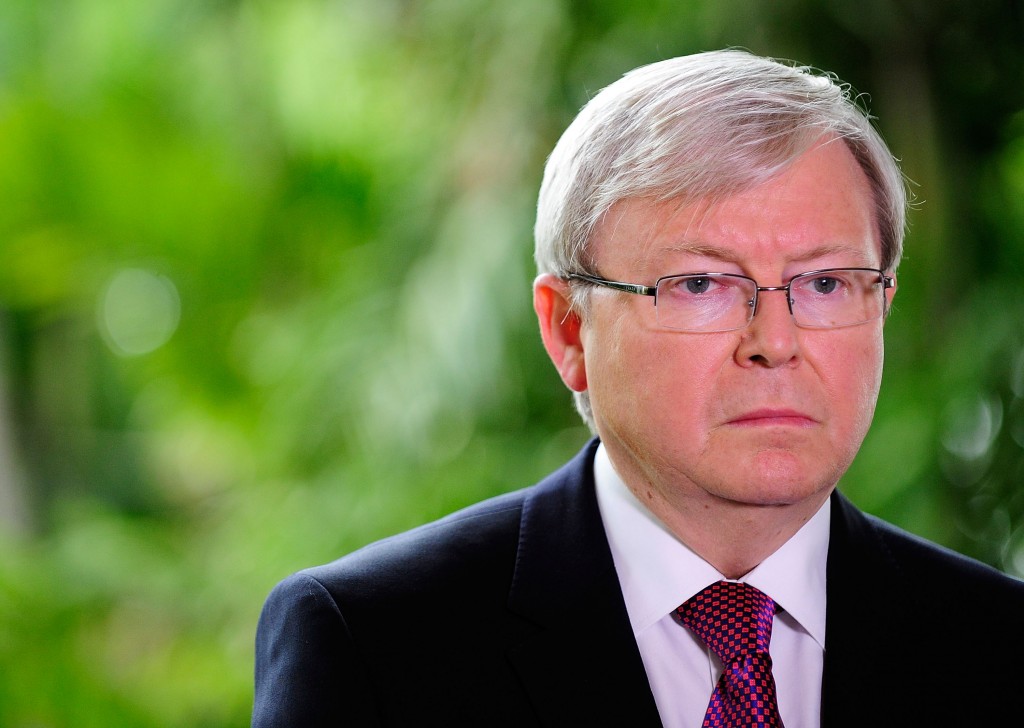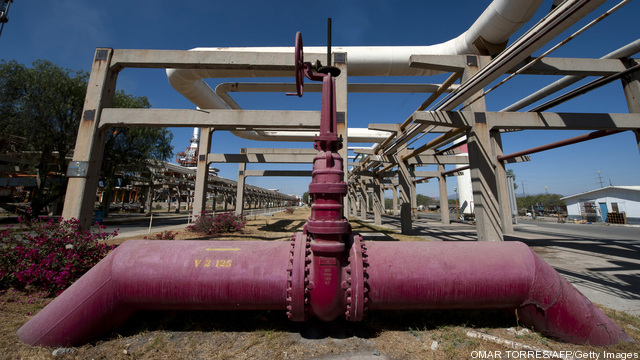Australia’s Prime Minister has announced a plan to replace a carbon tax with an emissions-trading scheme in 2014, a year earlier than the initial 2015 timetable. “The move to bring forward the market-based system a full year earlier is expected to quickly produce a sharp drop in the cost of carbon, from a predicted $23.30… Keep reading →
Petrobras
Sign up and get Breaking Energy news in your inbox.
We will never sell or share your information without your consent. See our privacy policy.Mexico is heading towards much-needed energy sector reform, and with two of the country’s three major political parties in broad alignment on energy goals, major changes to the sector look more likely than ever, according to attorneys in the energy practice of law firm Mayer Brown. Mexico is major oil producer, and one of the… Keep reading →

Brazilian state-run energy company Petroleo Brasileiro SA, or Petrobras, said late Friday that it plans to invest $236.7 billion over the next five years, maintaining spending and production targets at the same levels as last year plan. The 2013-2017 investment plan remains one of the world’s largest corporate spending plans, but is up only marginally from the $236.5 billion Petrobras earmarked for investments in the 2012-2016 period. Petrobras has been criticized by analysts and investors because its hefty investment spending has not resulted in increased crude oil production, despite finding some of the world’s largest oil discoveries in 20 years.

The theme of this Q&A is “Why pipes matter.” Can you address this question in a
nutshell?
A. Definitely. As you know, the era of cheap, easy oil is over. The International Energy Agency estimates that 70 percent of the world’s remaining oil reserves consist of crude oil with either high sulfur or CO2 content that requires high quality, corrosion-resistant materials. In order to keep up with demand, oil companies must identify new technologies to develop these heavy oil reserves. The same is true of gas – gas from more than 50 percent of the world’s gas fields is highly corrosive. In these challenging environments, oil and gas developers need to leverage every available technical solution to maintain optimal production. A key element is the integrity of risers and flowlines, which is where corrosion-resistant clad pipe comes into play. Keep reading →
 Blessed with abundant surface water resources and a considerable amount of associated hydroelectric power, Brazil has lots of renewable energy, and a lot of room to generate additional power from renewable sources like wind and solar.
Blessed with abundant surface water resources and a considerable amount of associated hydroelectric power, Brazil has lots of renewable energy, and a lot of room to generate additional power from renewable sources like wind and solar.
Brazil is the world’s second largest hydro power consumer behind China, but a sharp contrast between wet and dry seasons – along with occasional droughts – has driven the country to import LNG in recent years to supplement its energy security. Keep reading →

Brazilian state-run energy giant Petroleo Brasileiro, or Petrobras, is expected to report a year-on-year decline in fourth quarter profits as it bought costlier fuel from abroad to feed strong domestic demand in Latin America’s largest economy. Petrobras is expected to post a net profit of 9.5 billion Brazilian reais ($6 billion) in the fourth quarter, down 10% from BRL10.6 billion in the same period of 2010, according to the median estimate of seven analysts polled by Dow Jones Newswires. Earnings before interest, taxes, depreciation and amortization, or Ebitda, were pegged at BRL17 billion on revenues of BRL66 billion. The firm has had to increase imports of expensive gasoline and diesel fuel as Brazil’s booming economy boosts consumption, although higher domestic fuel prices and a jump in domestic crude oil production is expected to soften the blow.
Petrobras lets power generation contracts for fields off Brazil: The FPSOs, used to process hydrocarbons and sto… http://bit.ly/rAKV1r
By Peter GardettPetrobras lets power generation contracts for fields off Brazil http://bit.ly/rAKV1r Brazilintel

Brazil’s oil champion has joined its global counterparts in the clean energy race, putting into operation a commercial-scale wind farm in the Northeastern part of the country.
The wind farm’s energy is being delivered ahead of schedule following the completion of the Juriti unit, with the Potigar, Cabuji and Mangue Seco wind units going into operation through August and September. Power was originally intended to hit Brazil’s National Interconnected System in the middle of next year. Keep reading →




